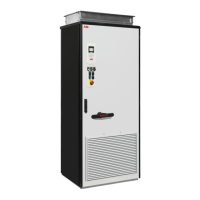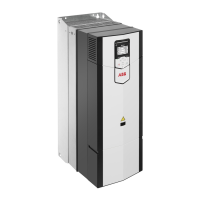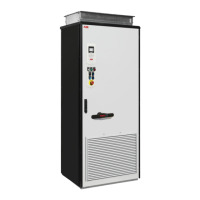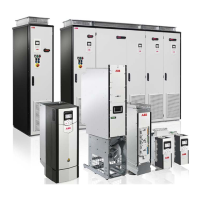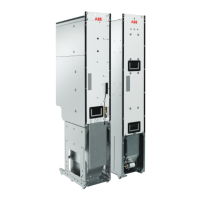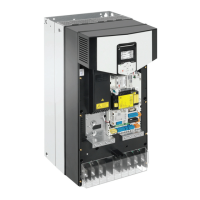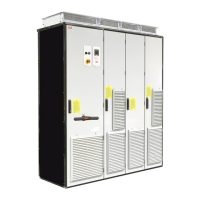Note: Motor thermal protection options (options +L513/+L514+Q971, +L536, or +L537+Q971)
use the same digital input as the default design of option +Q965. If you have both options
in the same drive, option +Q965 will use an alternative digital input. Refer to the
delivery-specific circuit diagrams.
For more information on the safety functions of the FSO module, see FSO-21 safety functions
module user’s manual (3AXD50000015614 [English]). For more information on the FSE-31
module, see FSE-31 pulse encoder interface module user’s manual (3AXD50000016597
[English]).
The SLS and SSM functions comply with IEC/EN 61800-5-2. The SMS function is a special
implementation of the SLS function. For a complete list of related standards and European
directives, see section Related standards and directives (page 63).
■ Summary of wirings and settings
General information:
• The drive is equipped with the FSO-21 safety functions module (option +Q972). ABB
installs the module at the factory.
• The drive is equipped with the FSE-31 pulse encoder interface module (option +L521).
ABB installs the module at the factory.
• The motor must be equipped with a safety encoder. The user installs the safety encoder
and connects it to the FSE-31 module. The user must make sure that the required safety
integrity (SIL/PL) can be achieved with the used safety encoder.
The wirings and settings of the SLS function are:
• The user connects the SLS activation signal (for example, a switch) to the FSO module.
• The user connects the SLS indication signal (for example, an indication lamp or a gate
opening signal) to the FSO module.
• The digital input of the FSO module to which the SLS activation signal is connected, is
selected as the input for the SLS request. ABB sets the safety IO settings for SLS input
and output at the factory to agree with the circuit diagrams.
• The digital output of the FSO module to which the SLS indication signal is connected, is
selected as the SLS output. ABB sets the safety IO settings for SLS input and output at
the factory to agree with the circuit diagrams.
• The speed limits must be set according to the application requirements.
• The SLS function is set to use either the time monitoring or ramp monitoring method to
monitor the deceleration of the motor to the SLS speed limit.
• The deceleration time and limits for the deceleration ramp activated by the SLS function
are set according to the application requirements.
The wirings and settings of the SMS function are:
• There are two different versions of the SMS function. Version 1 monitors the motor speed
and trips the drive if the user-defined trip limit is exceeded. Version 2 of the SMS function
is similar to the SLS function except that it can only be configured to be continuously on
or off. ABB activates the SMS function (Version 1) at the factory.
• The SMS positive and negative speed limits are FSO module parameters that the user
must set at the start-up.
16 Option description
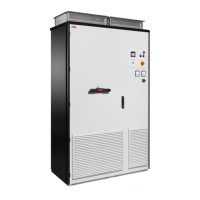
